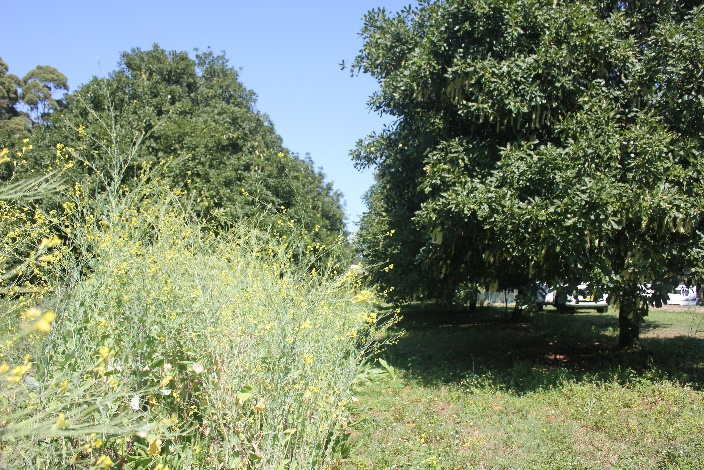
Macadamia growers will benefit from research that has identified the key drivers needed to protect their orchards from pests to increase nut quality, production and profitability.
The Macadamia Integrated Pest Management (IPM) Program started in 2017 to test combinations of biological, cultural and chemical controls on commercial farms and NSW Department of Primary Industries (DPI) research stations.
Eight on-farm trials have been set up in key macadamia growing areas in Central Queensland, near Bundaberg, in the Gympie – Glasshouse Mountain area, the Northern Rivers Region and at the Mid North Coast of NSW, Nambucca Heads/ Valla/ Macksville.
DPI Entomologist, Dr Ruth Huwer said monitoring is a key part of integrated pest management and it's important to identify and understand the pest problem.
"We are developing protocols and monitoring strategies to identify the best efficacy and timing for treatment of different pests, such as macadamia seed weevil and fruit spotting bug," Dr Huwer said.
"At the DPI Centre for Tropical Horticulture in Alstonville, we have established a small-scale trial to compare IPM options with minimum broad-spectrum pesticide input with conventional treatments.
"This has allowed us to test chemical best practice and to find the best fit as part of the rotation. We found that where mainly broad-spectrum insecticides are used, there is an increase in secondary pests such as scales and thrips.
"Since the beginning of the program the team has identified new emerging pests, including the Macadamia seed weevil, Scolytid beetles, Leptocoris spp bug and scarab pests.
"A small-scale biodiversity trial was established by planting varieties of native shrubs and inter rows were seeded with flowering plants within the orchard to increase the number of natural enemies to provide a more resilient IPM system.
"This trial allows the team to assess the effects of increased biodiversity on nut yield and quality."
Dr Huwer said while fruitspotting bug is native to Australia, the damage they cause is consistently the primary reason for nuts being rejected at the factory stage, as the nuts are unmarketable.
"A key research result found that in all the different growing areas of the east coast, the fruitspotting bug are the main pest and this pest is the key driver of pest management options," she said.
"Fruitspotting bug occurs at the same time of the growing season as Lepotocoris spp with similar looking damage to the macadamia fruit, but now the research has identified the difference, the management can be more targeted."
Information on different pests, diseases and growing guides for macadamia orchards is available on the NSW DPI website https://www.dpi.nsw.gov.au/agriculture/horticulture/nuts
This project has been funded by Hort Innovation using the macadamia research and development levy and funds from the Australian Government.
Photo caption: Mustard plants growing in the interrow to increase the number of natural enemies to provide a more resilient integrated pest management system.






